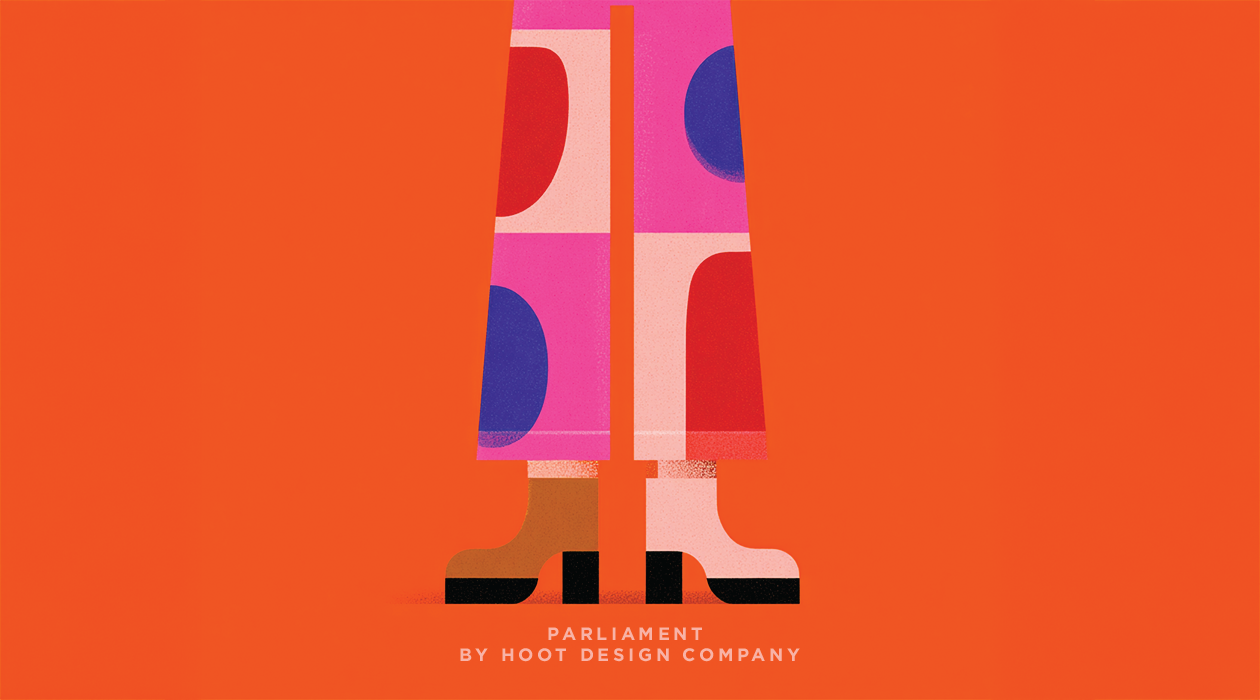Parliament | Design is the Silent Ambassador of Your Brand
Your Rebrand Without New Visuals Is Just Wishful Thinking
Picture this: You spent months defining your new brand identity, clarifying your values, and crafting the perfect positioning statement. You're feeling aligned, inspired, and ready to take on the world.
Then you slap your old logo on everything and wonder why nobody notices the transformation.
Here's what's really happening: If you don't change how you look, your brand advocate assumes nothing has changed.
Design Is Your Silent Ambassador
Your visuals are working 24/7, whether you're paying attention or not. They're the first thing prospects see, the last thing clients remember, and the constant presence in every interaction. When your internal transformation doesn't match your external expression, you're essentially whispering your revolution while your competitors are shouting theirs.
Think about it this way: Would you show up to pitch a Fortune 500 company in the same outfit you wore to your college internship? Your brand visuals are your business suit—and if they don't reflect who you've become, you're underdressed for your own success.
The Disconnect That Kills Momentum
We see this all the time. Companies invest heavily in culture transformation, leadership development, and strategic repositioning. They feel different. They operate differently. But their visual identity is stuck in 2019, sending mixed signals to everyone who matters:
Your Brand Advocate: Remember, we believe a brand can have only one brand advocate—that North Star individual your entire brand is built to resonate with. When your visuals don't reflect your evolved identity, you're failing to connect with the psychological drivers of the person who matters most to your business.
Your Team: Deion Sanders said it best: "If you look good, you feel good. If you feel good, you play good. If you play good, they pay good." We see this all the time—when teams are proud of their organization inside and out, it shows. Visual alignment gives your employees something to be proud of, something that reflects the culture they're building every day.
Your Market: Your broader audience can't see your evolved culture through outdated design. They're making split-second judgments based on what they see, not what you've become.
Your Bottom Line: Misaligned visuals dilute your positioning, confuse your message, and make you invisible in a crowded market.
The Science of Visual Trust
Research shows that people form impressions within 50 milliseconds of seeing your brand. That's faster than you can blink. In that split second, your visuals are either reinforcing your new identity or contradicting it.
When there's a disconnect between your internal transformation and external expression, people sense something is off—even if they can't articulate it. It creates cognitive dissonance that weakens trust and dilutes your brand's impact.
What Real Visual Transformation Looks Like
Authentic visual change isn't about following design trends or making things "prettier." It's about creating a visual system that authentically reflects your evolved identity and speaks directly to your brand advocate.
This is where your Brand Tension Point becomes crucial. If you've defined yourself as "Poised Disruption" or "Grounded Visionary," your visuals need to embody that tension. Your Brand Tension Point—informed by your Brand Heart and positioning—should drive every visual decision:
Color Psychology: Your palette should evoke the emotions you want your brand advocate to feel. Bold transformation requires intentional choices that reflect your unique tension.
Typography: The fonts you choose communicate personality before people read a single word. Make sure they're speaking directly to your brand advocate's expectations.
Imagery Style: Generic visuals won't connect with your specific brand advocate. Your imagery should feel distinctly, authentically aligned with your Brand Tension Point.
Logo Evolution: Your mark should capture the essence of who you've become and the tension that makes you unique, not who you used to be.
The Hoot Reality Check
Here's what we tell every client: Your rebrand isn't complete until it's visible. Period.
We've watched companies invest six figures in strategy and culture work, only to sabotage their results by keeping outdated visuals. It's like renovating your entire house but leaving the same broken front door—people will judge the whole experience by what they see first.
Your Next Move
Ask yourself these hard questions:
Do your current visuals reflect the company you've become and resonate with your brand advocate?
Would your brand advocate understand your transformation just by looking at your materials?
Do your visuals authentically express your Brand Tension Point?
Are you proud to put your visual identity next to your biggest competitors?
If you answered "no" to any of these, it's time to align your visuals with your vision.
Remember: You can't expect the world to see your transformation if you won't show it to them.
The bottom line: Your internal work deserves external expression. Don't let outdated visuals undermine the powerful changes you've made.
At Hoot Design Company, we're not here to change how the world sees you—we're here to change how you see yourself. And sometimes, that means helping you show the world who you've truly become.
Artwork by Nya McClain, article by Senior Art Director, Bri Thomas
Consistency Doesn't Mean Boring: Why brand consistency is about intention, not limitation
The Persistent Myth
"We need to be more creative, let's break away from the brand guidelines." "Brand consistency is holding us back." "Our guidelines are too restrictive for social media." "We need something fresh - let's ignore the system just this once."
These are the justifications used every time someone wants to prioritize short-term creative impulses over long-term brand building. But here's the thing: consistency isn't your enemy - it's your secret weapon.
The Reality Check
The most innovative brands in the world are also some of the most consistent. Think about:
Apple's product launches - always minimal, always powerful
Nike's advertising - decades of "Just Do It" finding fresh expressions
Coca-Cola - evolving within their brand world for over a century
Google - playful while maintaining clear system principles
These brands aren't consistent because they lack creativity. They're consistent because they understand that consistency creates recognition, and recognition builds trust.
The Freedom of Framework
Strong brand systems work like music – they're built on a fundamental structure that enables meaningful improvisation, not restricts it. Think of your brand guidelines as a musical scale: once you truly understand the rules, you can play with them in infinite ways while still creating something recognizable. The structure isn't limiting your creativity; it's giving it direction and purpose. When you have a clear framework, you don't waste energy wondering if something is "on brand" – instead, you can focus your creative energy on finding fresh, innovative ways to express your brand's core truth.
The best brand systems don't wall you in; they give you a foundation to build upon. They provide the tools and principles that enable teams to move quickly and confidently, ensuring that every expression of the brand adds to its equity rather than diluting it. It's about creating guardrails that focus innovation rather than barriers that prevent it.
What Actually Matters
Real brand consistency isn't about mindless repetition or rigid rule-following – it's about strategic intention and purposeful choice. It's understanding that every brand expression is either building or eroding brand equity, and making conscious decisions about how to move forward. True consistency comes from having a deep understanding of your brand's core principles and using that understanding to guide evolution, not prevent it.
This means looking beyond surface-level consistency like colors and logos to ensure you're creating coherent experiences that build meaningful recognition over time. It's about understanding that your brand isn't just a set of visual rules – it's a tool for creating lasting impressions and building trust with your audience. When you approach consistency from this perspective, it becomes less about what you can't do and more about how you can use your brand's established equity to create more powerful work.
The Bottom Line
Remember: The most powerful creative work doesn't come from ignoring your brand - it comes from understanding it deeply enough to push it forward with purpose.


